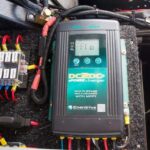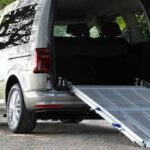Remote-controlled hobby vehicles have come a long way since the early days of radio-controlled cars. These days, you can control them with your phone or tablet and have the vehicle perform advanced maneuvers using GPS!
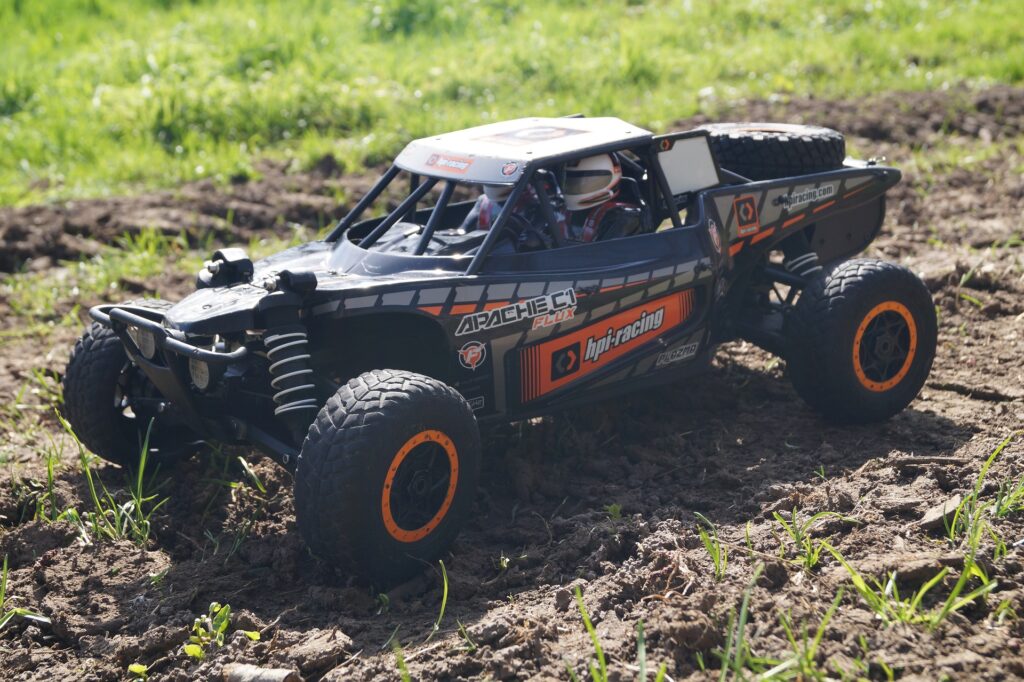
Building an RC Vehicle
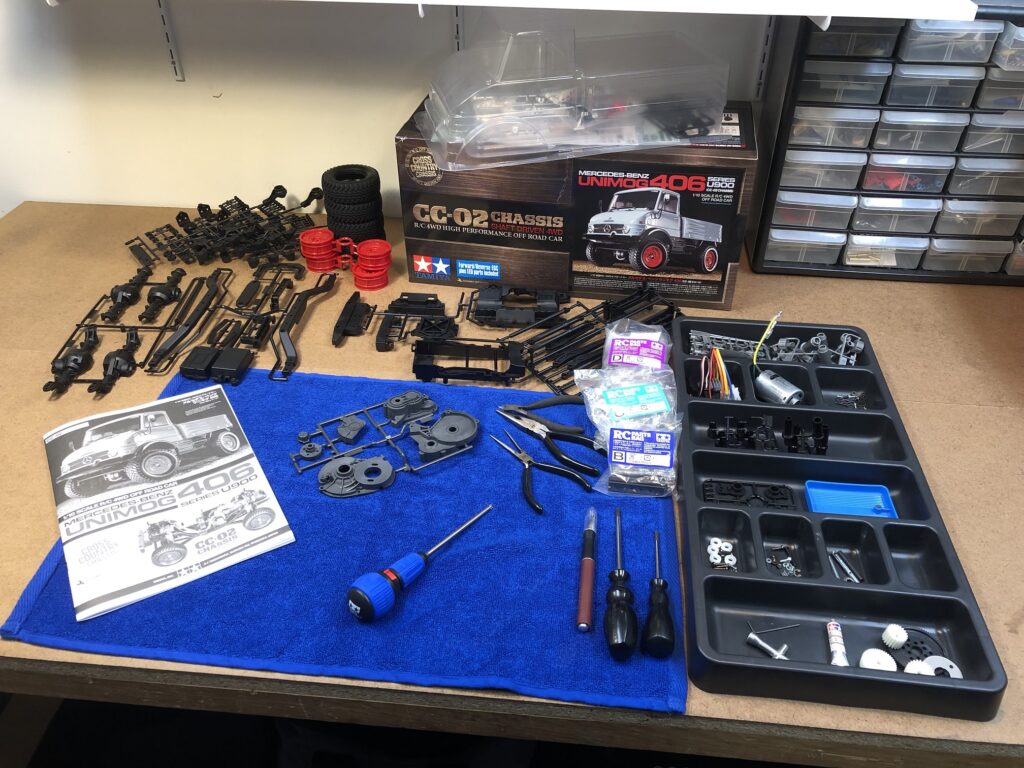
Let’s explore how to build an R/C vehicle from scratch, all the way from conceptualizing an idea to actually assembling it. I’ll go over some of the most popular parts used in these vehicles as well as what differentiates good models from bad ones. Finally, I’ll talk about the importance of having the right RC battery charger to keep your batteries in top condition while you’re not using them.
Now that we’ve covered the basics, it’s time to get into some specifics! There are a lot of different types of R/C vehicles and each has its own set of requirements that must be met in order for it to perform well. For example, if you want to build an R/C boat then weight is not going to be as important as it would be for an airplane or car.
The best way to tackle this problem is to figure out what kind of vehicle you want to build and then research the requirements for that type. There are tons of websites out there that have built their own R/C vehicles and shared their projects online. I highly recommend searching through these sites to find one that fits your specific needs and then copying it!
Motors, Batteries and Receivers
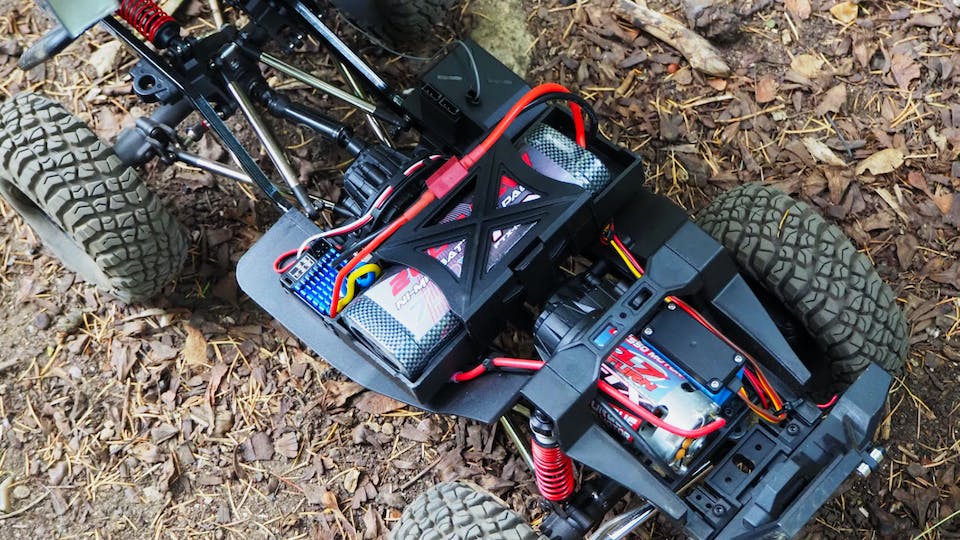
Once you’ve decided on a project, it’s time to start thinking about the components required to make your idea a reality. The first thing that comes to mind is a chassis, but this is only part of the story! You’ll need motors, batteries and receivers too. Motors are what drive your R/C vehicle and come in three different sizes: small (micro), medium (standard) and large (high voltage). These sizes refer to how much power they output and how fast they can rotate at full speed without burning out.
The battery pack in an R/C car consists of two main components: the cells themselves and the housing that holds them together. Lithium-ion batteries are commonly used in these vehicles because they provide high power and can be recharged easily. The receiver is the “brain” of your R/C vehicle and tells it what to do. It’s usually a small box with several connectors coming out of it that plug into your controller, which we’ll talk about next.
The controller is the device you use to control your R/C car. Some controllers have their own screen and display information such as speed and battery life, while others are purely functional. The best controllers have both high performance and advanced features such as GPS or gyro sensors that help your vehicle perform complex maneuvers like flips and spins!
The last thing to consider is what kind of parts you’ll need for your RC car. Depending on the type you’re building, there will be different requirements. For example, if you want to build an airplane then you’ll need something strong enough to hold it up in the air, but if you’re building a boat then it needs to be light enough so that you can move it around easily.
This is where the research comes in handy! Look at other people’s projects and see what they used for their vehicles. If you want to build an airplane, then find out what kind of glue was used for the fuselage and whether or not it was strong enough. The same goes for everything else: motors, receivers and even batteries. You’ll need different types of batteries depending on how fast you want your vehicle to go!
Speaking of batteries, having the right RC charger will make sure you make the most out of them. There are different chargers, suitable for different battery chemistries. For example, lithium-ion chargers are used to charge lithium-ion batteries while NiCd chargers are used for nickel-cadmium batteries. Generally speaking, the more expensive chargers have more features such as LCD displays and can even be controlled over Wi-Fi!
Advanced Tips and Tricks
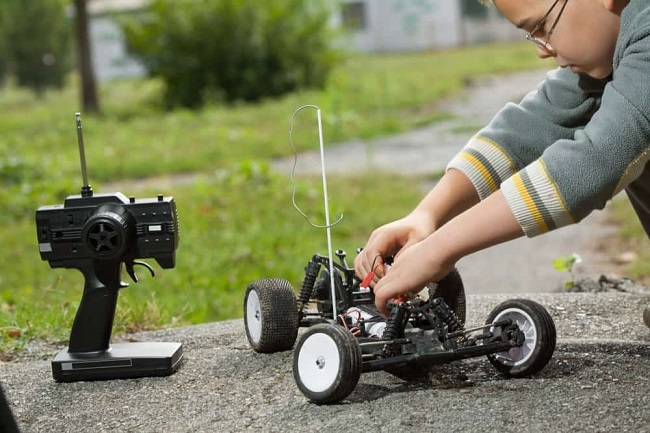
Now that we’ve covered the basics of building an R/C car from scratch, let’s talk about some advanced tips and tricks that you can use to take your vehicles to the next level! These ideas aren’t just applicable to the cars that you build yourself, but they can also be used on pre-made models as well.
First off, let’s talk about modifying your RC car so that it performs better! For starters, you’ll need to get some tools in order to do this. If you have a hobby shop nearby then I recommend going there and purchasing some specialty tools that are designed for R/C vehicles. These tools will make modifications much easier and faster.
Once you’ve got your tools together, it’s time to modify your vehicle! For example, if you’re building a car with an aluminium frame then you can cut off the old body and glue on a new one. Some people even use 3D printers in order to make completely custom parts for their vehicles!

